Eat when you’re hungry. Stop when you’re comfortably satisfied.
For years, I so badly wanted to be able to do this, but instead I found myself nibbling when I wasn’t hungry, overeating at mealtime, or binging for pleasure on a regular basis.
Listening to my body’s hunger and fullness cues felt like just the tool that I needed to end my struggle with chaotic eating and body shame. After all, this is how we were designed to eat from birth. Yet I JUST. COULDN’T. DO IT.
Maybe you feel this way, too? You wonder, “Why is this tool so darn hard to figure out?” You’ve read the book, your motivation is high, but suddenly the tool feels faulty or broken because once again you find yourself eating when you’re nowhere near hungry.
I’m going to tell you what took me years to figure out. Listening to our body’s hunger and fullness cues IS a wonderful tool or skill that can lead us to peace with food and body acceptance. But here’s the kicker - it’s so much more complex than it seems. Why? Because when you’ve been dieting or eating to manipulate your body for years (“I really want the fried chicken, but it’s not on the plan so I won’t”), your body doesn’t know that it can trust your inner voice or intuition. This great skill that you want to start implementing is useless until you begin to break it down into even smaller practices.
Let’s look at an example. Your inner wisdom is telling you that a hamburger and a side of veggies sounds like a really satisfying meal. You’re hungry for it, you enjoy it while you’re eating it, and now you’ve reached the point of comfortably satisfied. But suddenly you feel a strong urge to snack on the leftover Halloween candy that’s sitting in your cupboards. You can’t get it out of your mind. Soon you’re eating it straight out of the bag and wondering why you couldn’t simply honor your body’s fullness cues. You feel broken and ashamed.
You are not broken.
Your body is just not used to getting it’s desires met. How often have you eaten chicken and broccoli despite wanting a slice of pizza? Or maybe you’ve been feeding yourself small portions based on a program’s caloric recommendations, despite being hungry for more? Now you’ve eaten a hamburger because you wanted it. Great! But your body doesn’t expect this type of behavior to last. It’s afraid that you’re going to ignore it’s future desires, so it tells you to get your hands on all of the Halloween candy NOW because tomorrow it will be off limits.
Simply wanting to follow your body’s hunger and satiety cues is not enough. Good news; you don’t need more willpower, but you do need small, action-based practices that act as stepping stones to the ultimate goal of honoring your body’s intuition.
Step 1: Pause
Cravings and persistent thoughts of eating may lead to grazing on office candy throughout the day, overeating at mealtime, or bingeing in the evening, for example. A common theme here includes feeling like you don’t have a choice. “The candy is just sitting out; I can’t help it,” or “I like food too much; I simply can’t stop eating it.”
This is where taking a deliberate pause comes into play. When we take even just a few seconds to pause and be mindfully present, we create an opportunity where a range of choices becomes apparent. The goal is NOT to choose to walk away from the food. You may end up eating it, and that is okay (though it may not feel okay at the time, and I get that). The goal here is to open up to the idea that all possible choices are okay. When you can fully embrace this as truth, only then can you create space for genuine choice.
Step 2: Tune inward
When you’re pausing, you may choose to tune inward. This might feel uncomfortable at first because we often use eating as a way to disconnect from what we’re actually feeling. But as a result of checking in with yourself, you are taking back your power. Checking in allows you to see more clearly what it is that you really want or need.
You may ask yourself any of the following questions as a way of turning inward:
Am I hungry? Am I full? What was I experiencing just before the craving arrived? Was I feeling anything uncomfortable (bored, stressed, lonely, physically uncomfortable, etc)? When I feel these feelings, could something else help? What will feel most nourishing?
Step 3: Make a choice
After tuning in and working through the questions above, it’s time to make a choice - eat, or don’t eat. You are now more equipped to make this choice from a place of compassion, awareness, and freedom. Maybe you’ve discovered that you are not physically hungry and there’s something emotionally difficult going on. You can choose to eat or you can choose to walk around the block for five minutes. There’s no right or wrong choice. The point is that you’ve made a choice. And each time you do this, you move closer to a place where you can comfortably act based on your intuitive needs and desires. Soon it won’t be quite as difficult to honor your body’s hunger and fullness signals.




